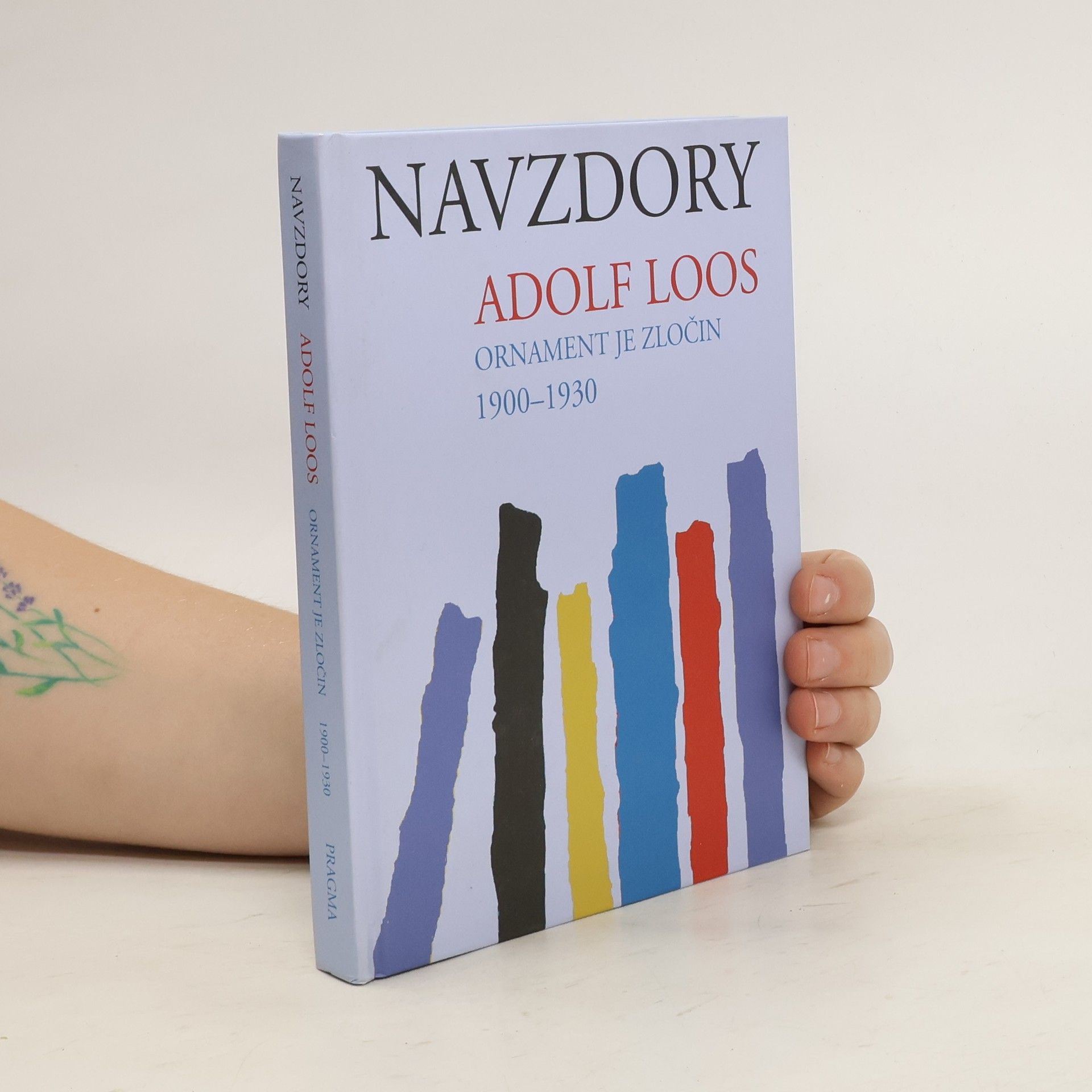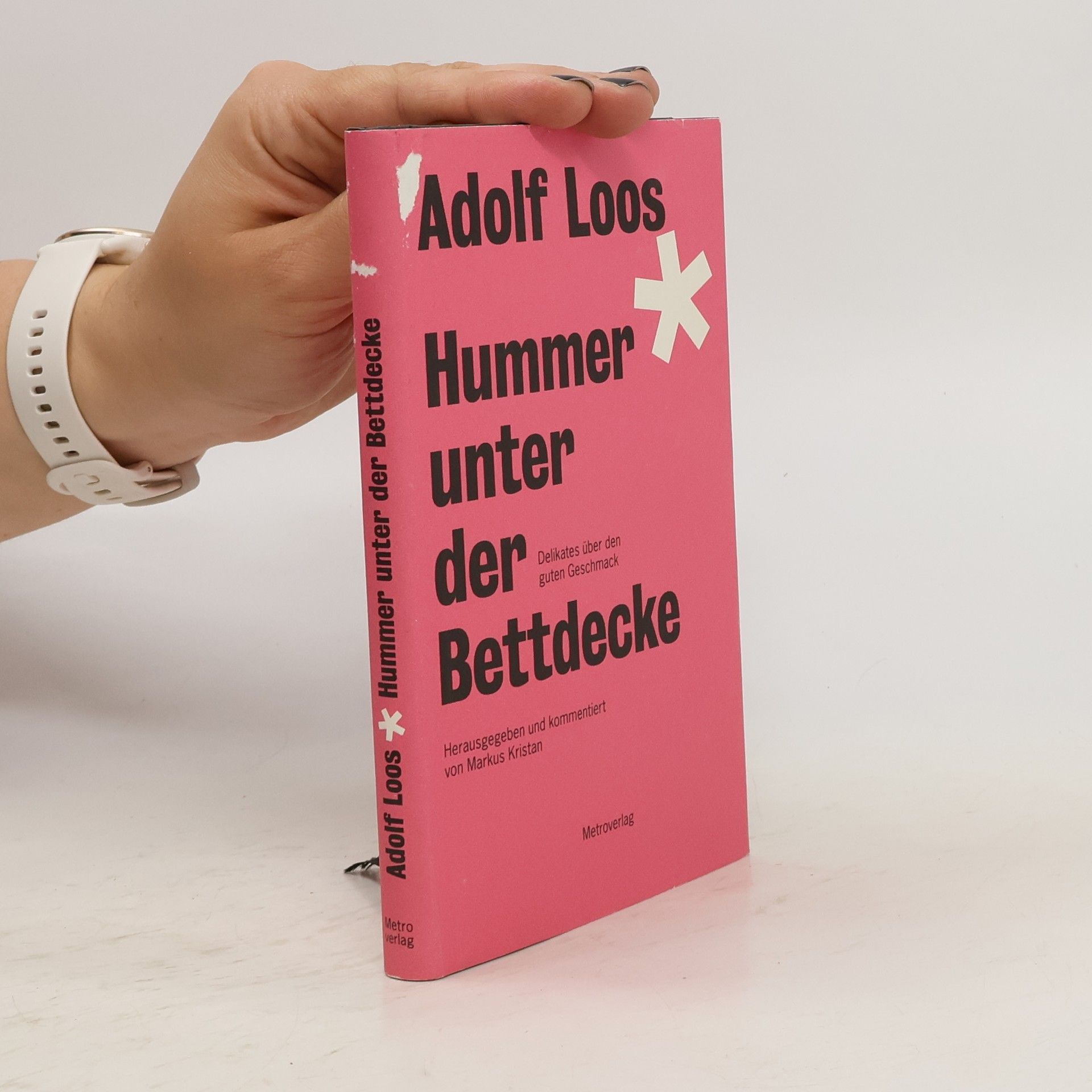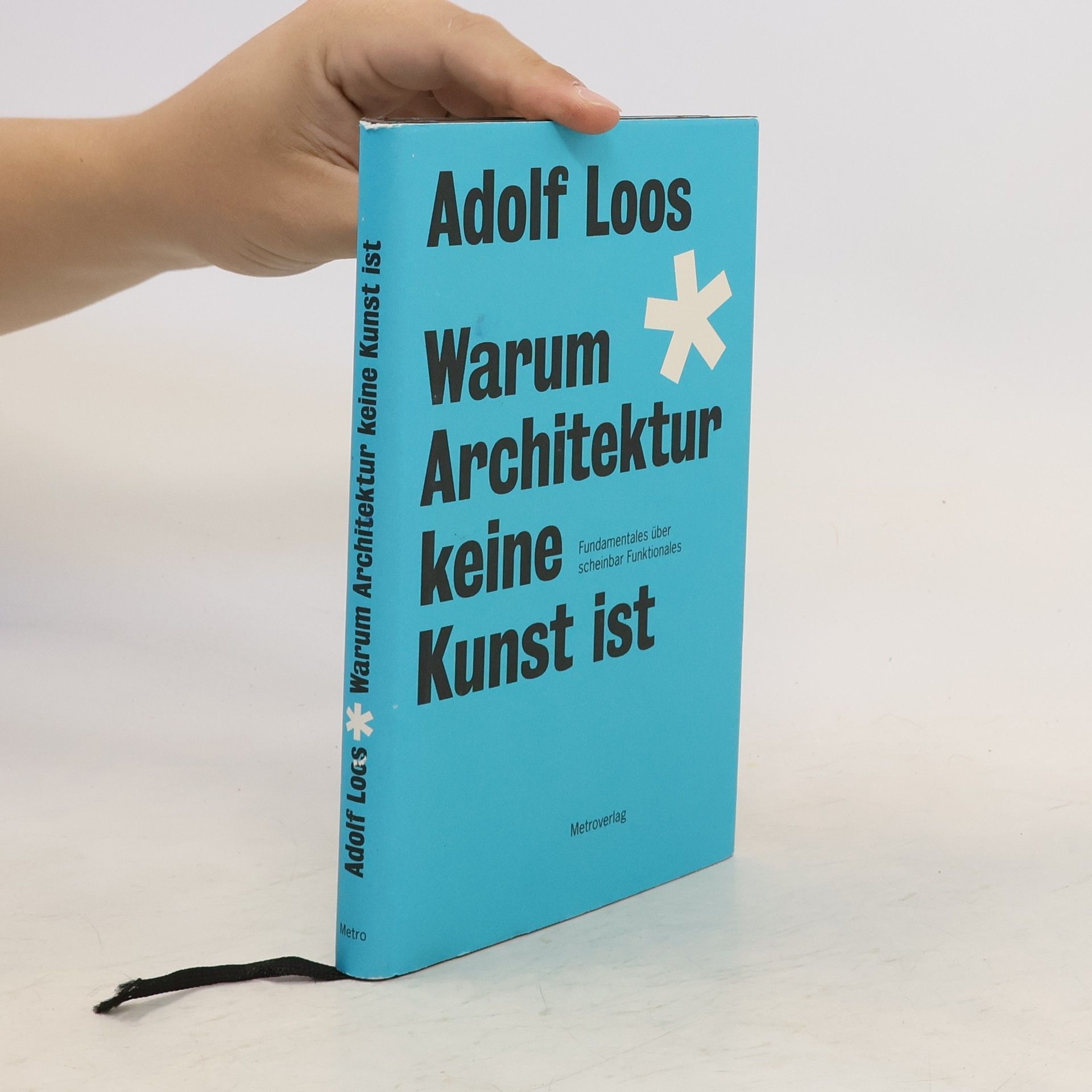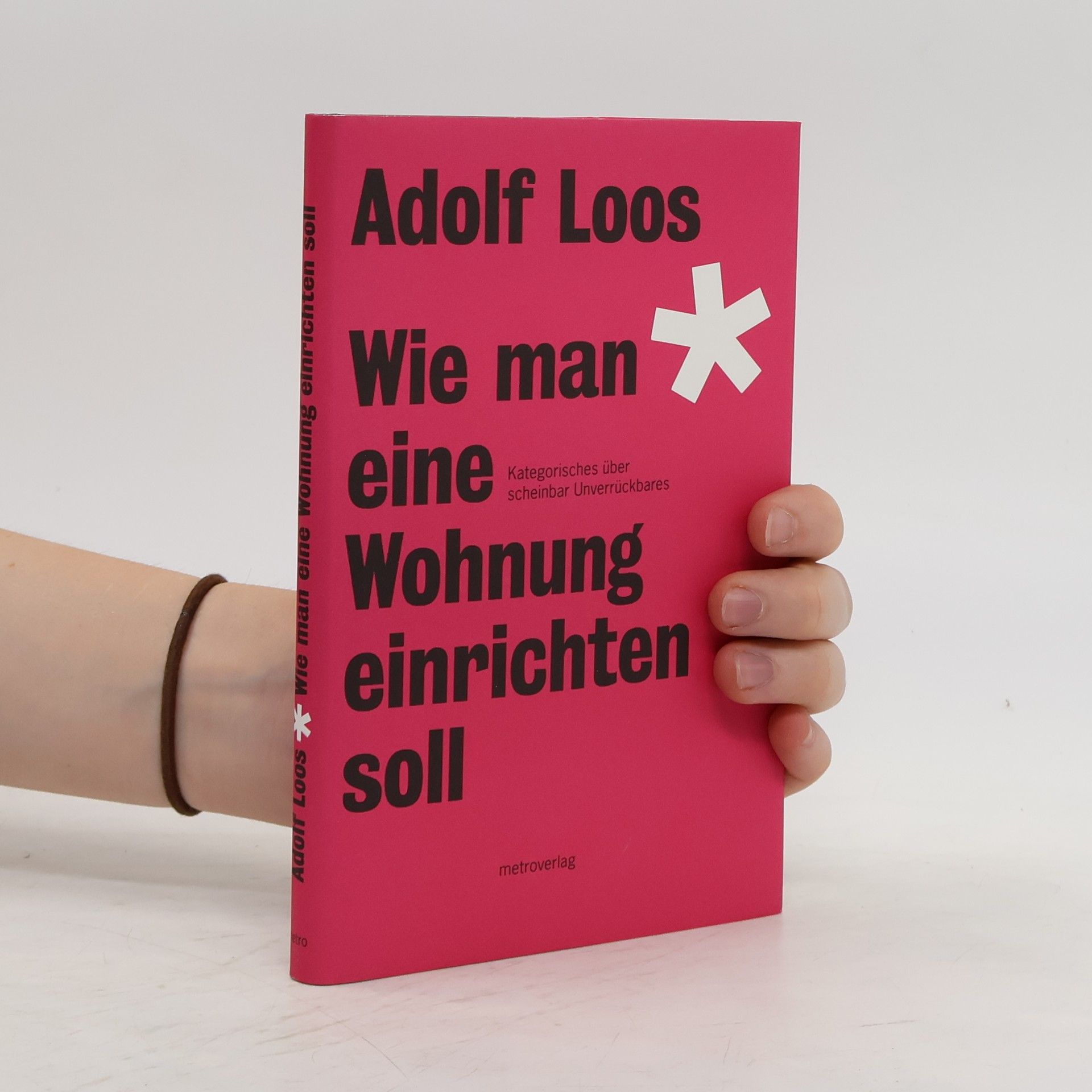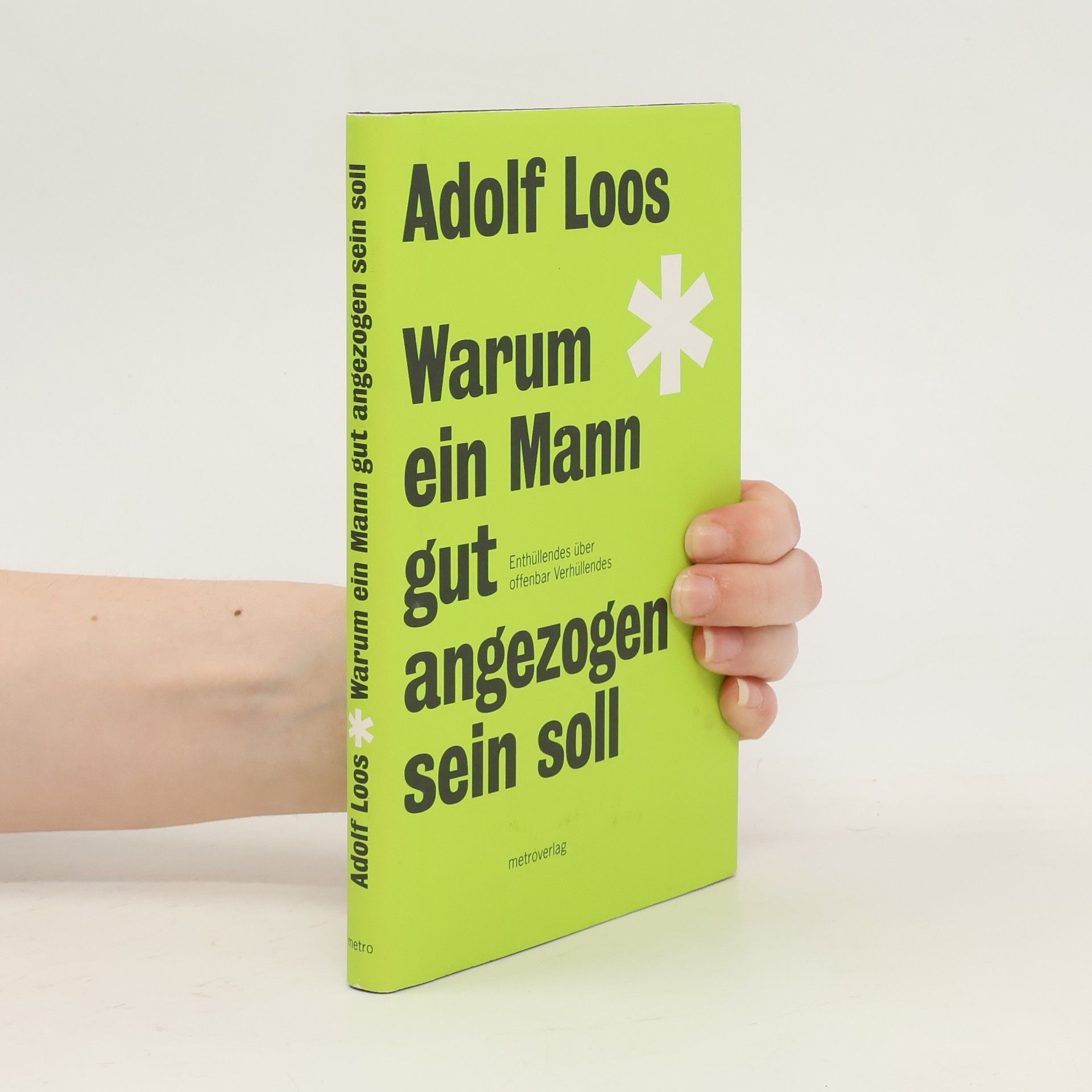Adolf Loos Book order
Adolf Loos was an Austrian architect who left an indelible mark on European modern architecture. Through his writings, particularly the essay "Ornament and Crime," he rejected the aesthetic principles of the Vienna Secession and contributed to the theoretical foundations of modernism. Loos's essays, often written in a provocative style, explored the relationship between cultural progress and the absence of ornamentation, arguing that decoration needlessly hastens an object's obsolescence. His architectural style influenced the minimalist approach of modern architecture, though some of his own interiors surprisingly featured richly decorated elements, these being "organic" integrations rather than superfluous additions.


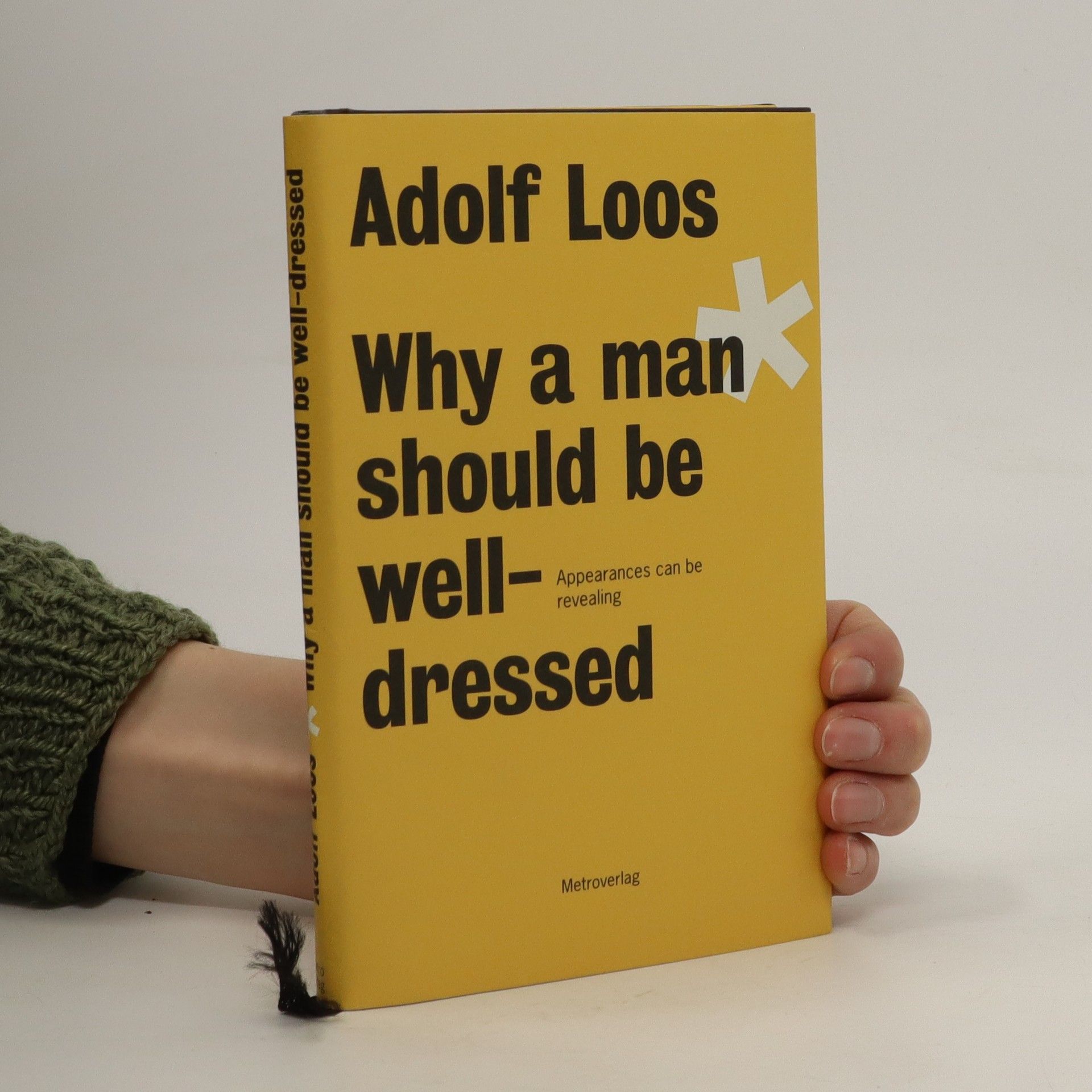
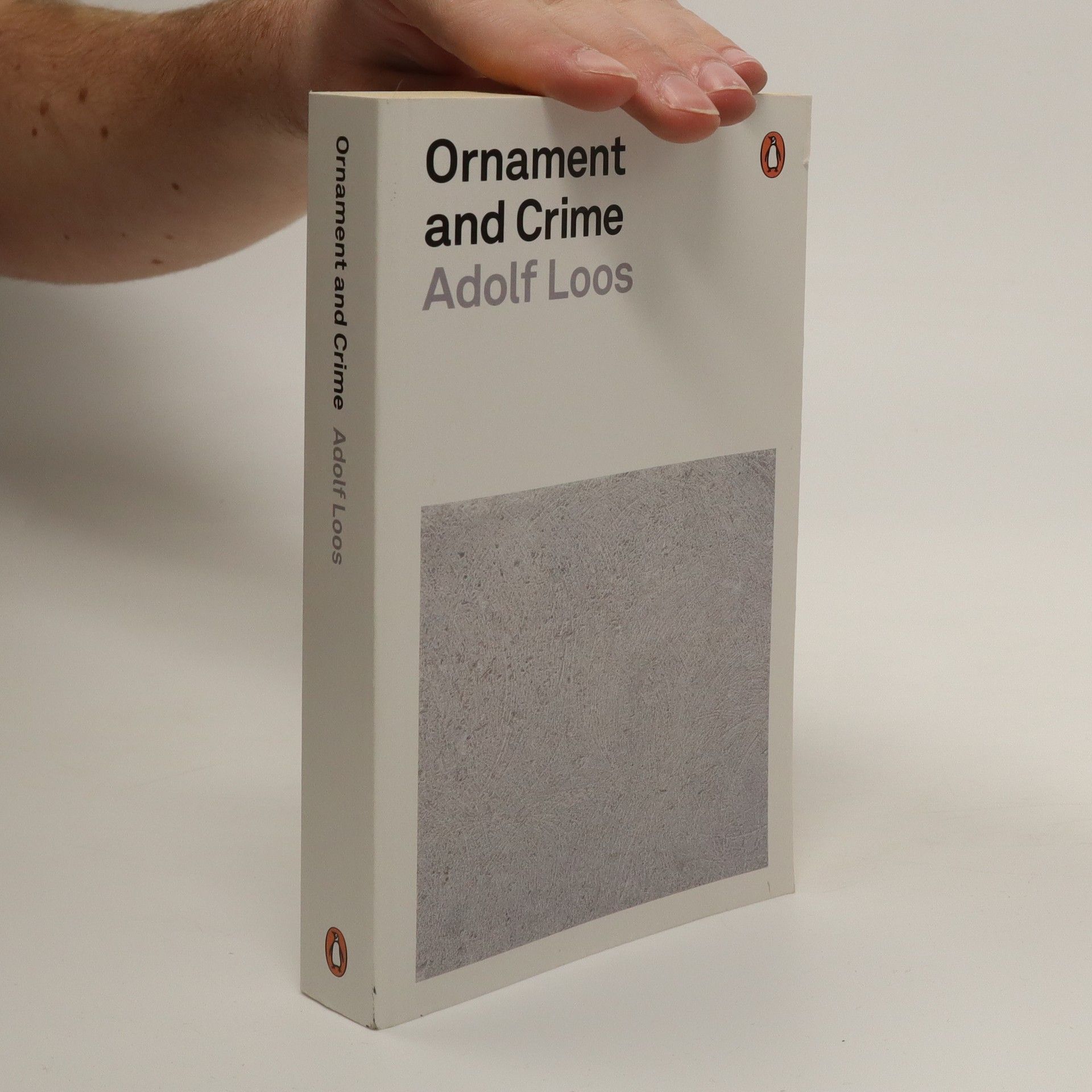

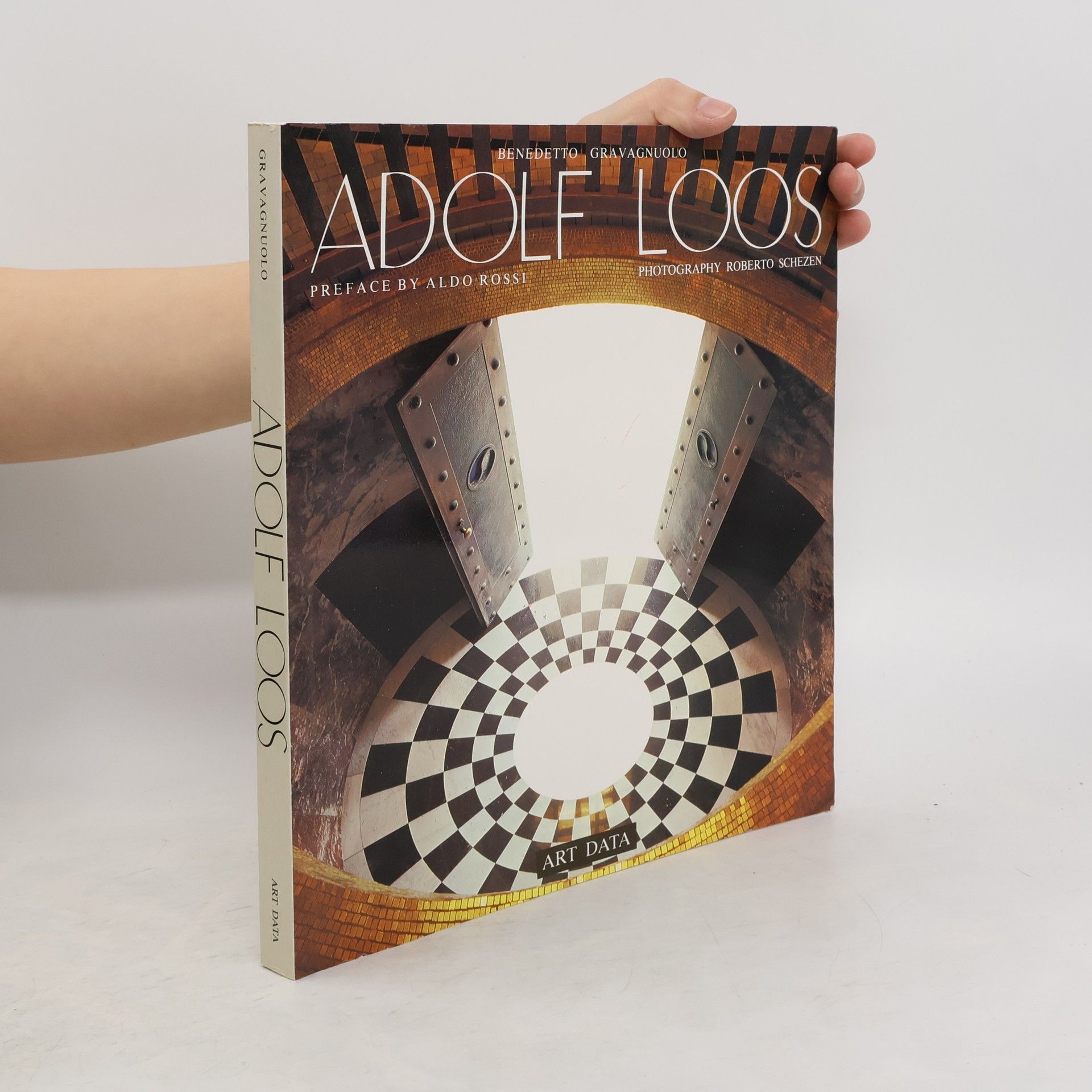
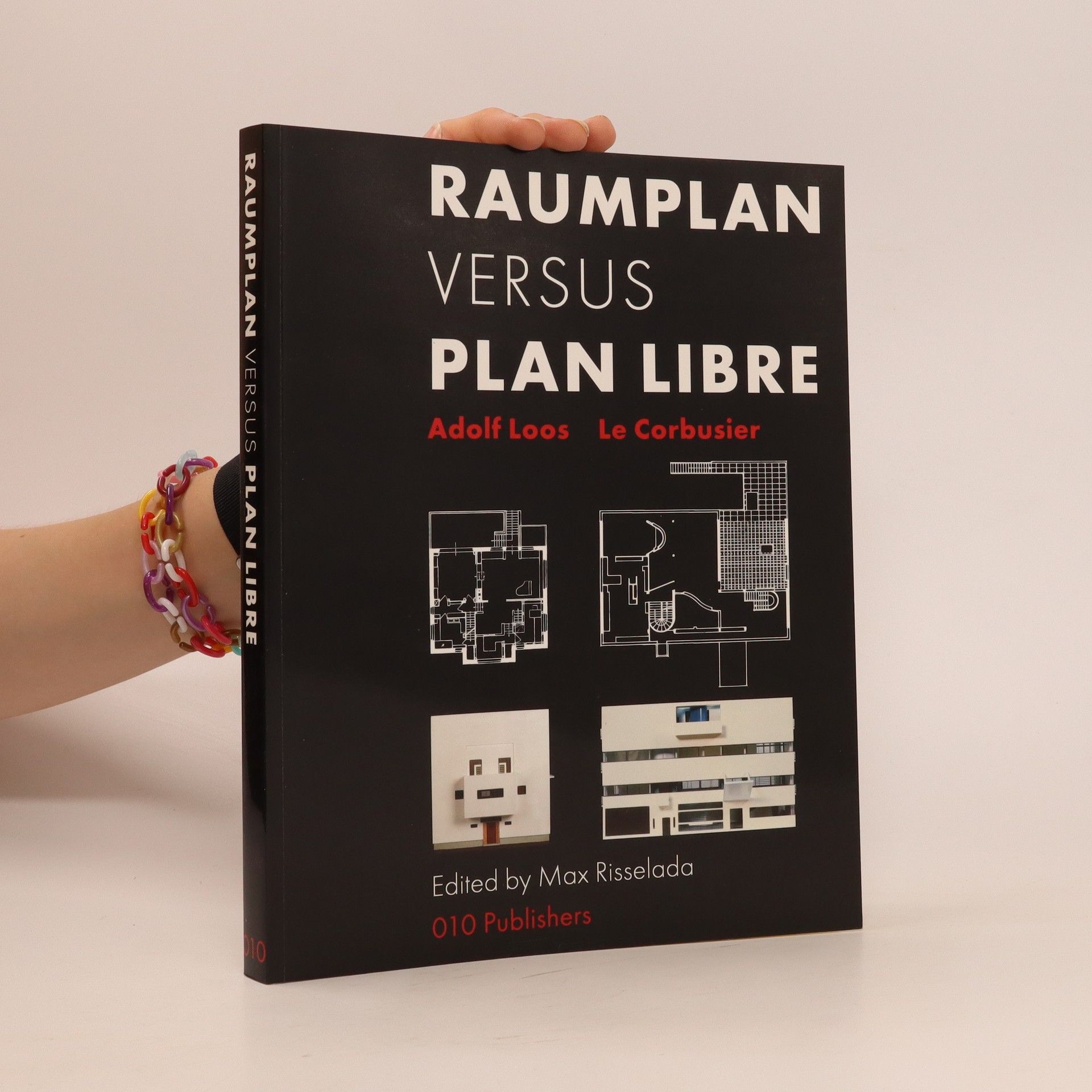
- 2018
- 2015
Navzdory
- 200 pages
- 7 hours of reading
Kniha uvádí Loosovy články a referáty otištěné ve vídeňských listech v letech 1900-1930 a byla do ní zařazena i známá studie Ornament je zločin. Soubor Loosových statí z období 1900-1930 obsahuje komentáře a hodnocení nejrůznějších témat týkajících se "životního stylu“ a architektury tehdejší doby. Adolf Loos je prorok. V době, jež holdovala tomu nejjalovějšímu elekticismu, hlásal vývoj, který se dnes realizuje. Jeho duch, exaktní, zářivý... jeho "common sense" se neúprosně staví proti nesprávným dekorativním tendencím let před první světovou válkou. WALTER GROPIUS On sám vytvořil v rozporu se svou dobou a ještě i s duchem dnešní věcnosti ne proto, aby dělal něco nového, spolu se svými žáky, maje před sebou materiál a nástroje a před očima plán, prostory plné kouzla lidskosti, v nichž lidé bloudící bezútěšně světem vyciťovali jako Boží zázrak Mozartovy harmonie, ale (a opět se o ně jako první zasazoval Loos) i ty Schönbergovy. OSKAR KOKOSCHKA
- 2013
Creating your home with style : taste is timeless
- 125 pages
- 5 hours of reading
Der Achitekt und Journalist Adolf Loos hatte zu allem eine Meinung und wusste auf jede Frage eine Antwort – vor allem, wenn es ums Bauen, Wohnen und den guten Geschmack ging. Loos, der zahlreiche Wohnungen plante und einrichtete, setzte stets auf klassische und praktische Möbel und verpönte ständig wechselnde Modetrends und die Vergeudung edlen Materials. Er forderte Stilmix statt Garniturdenken und Geschmacksfreiheit statt Einheitsbrei. Genauso wie guter Geschmack zeitlos ist, sind Loos’ amüsante Texte zum Thema zeitgemäß wie eh und je.
- 2011
Die Themen Essen und Benehmen (nicht nur bei Tisch) beschäftigten den Architekten Adolf Loos als Kulturphilosophen in Form von Vorträgen und Essays sein ganzes Leben lang. Wesentliche sehr persönliche Auslöser für seine diesbezüglichen Auseinandersetzungen waren seine Essgewohnheiten und seine Hassliebe zu Wien und den Wienern. Sein Kampf gegen die Vorliebe der Wiener für Marillenknödel und Einbrenn ist legendär. Besonders hoch schätzte Loos hingegen die englischen und französischen Esssitten. Ein einleitender Aufsatz von Loos-Kenner Markus Kristan über den weltberühmten Architekten und seine Ansichten übers Essen komplettieren dieses Buch, das zahlreiche Original-Texte des Architekten zum Thema versammelt.
- 2011
Ein Kampf gegen Vergeudung edlen Materials, leere Ornamente und unnötigen Aufputz war kompromisslos, von seinen Anhängern wird er als der Architekt des modernen Geistes gefeiert. Nur wenigen sind seine amüsanten philosophisch-literarischen Texte über modische Erscheinungen und das Prinzip der Bekleidung bekannt. Inzwischen genießt Adolf Loos als Apostel der zeitgenössischen Bau- und Lebensweise Kultstatus. Sein schriftstellerisches Werk hat bis zum heutigen Tag Gültigkeit und wirkt in viele moderne Lebensbereiche hinein. Erstmals wird nun der „Loos'sche Dresscode" in englischer Übersetzung (mit einer kulturgeschichtlichen Einführung in die Zeit von Adolf Loos) präsentiert. Denn so viel guter Geschmack muss verbreitet werden.
- 2009
Hat der Architekt alle Freiheiten des Künstlers? Wie modern muss ein Haus sein? Und warum ist Stuck aus Beton ein Verbrechen? Scharfzüngig geht der berühmte und für seine Polemiken berüchtigte Architekt Adolf Loos mit seinen Zeitgenossen ins Gericht. In seinen Essays geht er weit über Architekturthemen hinaus, immer stellt sich auch die Frage: Wie lebt man zeitgemäß? Loos liefert pointierte Antworten - amüsant, provokant, treffsicher!
- 2008
Brauchen wir Möbel “mit Stil"? Und müssen wir unsere Wohnung nach den neuesten Trends einrichten? Adolf Loos wusste eine Antwort darauf: Schluss mit dem Mode-Terror. Damals wie heute gilt: Wer frei wohnen will, der vertraue auf sein eigenes Urteil und auf klassische, praktische Möbel. Denn diese haben sich bewährt, während die neuesten Entwürfe oft nur schicke, aber schlechte Kopien sind. Loos fordert Stilmix statt Garniturdenken, Geschmacksfreiheit statt Einheitsbrei - so amüsant wie zeitgemäß!
- 2008
Raumplan versus Plan Libre
- 198 pages
- 7 hours of reading
Originally published as a catalogue to accompany an exhibition with the same name in 1987, this new edition re-examines the respective merits of two giants of Modern Architecture Adolf Loos and Le Corbusier. As well as featuring writings by the two architects, the book illustrates their respective evolution, with detailed reference to their domestic projects, ranging from the Strasser House (1919) to the Last House (1932), and from the Maison Domino (1915) to Villa Savoye (1932). Features major contributions form Beatriz Colomina, Jan de Heer and Max Risselada, among others.
- 2007
Adolf Loos, 1870 - 1933
- 335 pages
- 12 hours of reading

